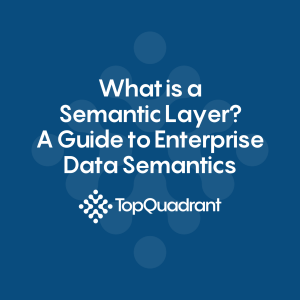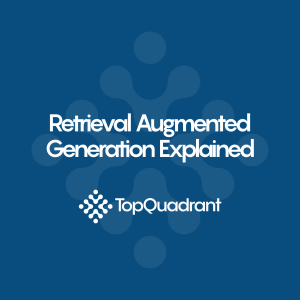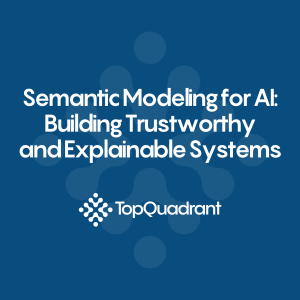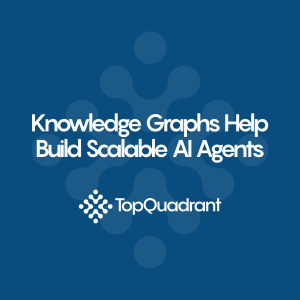“Existing metadata management tools are increasingly incapable of fulfilling comprehensive metadata needs in the enterprise.”
Gartner, Market Guide for Active Metadata Management
Traditional data catalogs were intended to consolidate metadata, but often organizations have many of them, creating metadata silos. And while these catalogs improve data’s findability, they do very little else.
A semantic data catalog, by contrast, uses knowledge graphs to unite data with a catalog of catalogs – across any application, domain, business unit or geography. Because the knowledge graph is rich with meaning, the metadata is more easily searchable. The metadata is also inherently interoperable, it can be reused dynamically by any application or AI, and to automate business processes.
With TopBraid EDG, you can create a semantic data catalog or add semantic superpowers to existing catalog(s):
Harmonize metadata across an entire organization with a “glossary of glossaries.”
Build the metadata with rich meaning and interoperability, creating new dynamic applications, such as automated policy enforcement, AI and LLMs and more.
Unite metadata with a “catalog of catalogs,” across any domain, application or geography.
Related Knowledge

Blog | What Is a Semantic Layer? A Guide to Enterprise Data Semantics
A semantic layer provides a shared understanding of data across an enterprise, translating technical structures into business concepts. Beyond traditional BI, it supports governance, analytics, and AI by ensuring consistent definitions, traceable metrics, and explainable insights.

Blog | What is Enterprise Resource Planning? A Complete Guide for Modern Enterprises
What is enterprise resource planning? A simple guide to how ERP systems work and why they matter for modern enterprises.

Blog | Retrieval Augmented Generation Explained
Discover how retrieval augmented generation (RAG) works, why it matters, and how enterprises use it to deliver trustworthy, context-aware AI outputs.

Blog | Semantic Modeling for AI: Building Trustworthy and Explainable Systems
Resource Hub Search Table of Contents < All Topics Main Semantic Layer Blog | Semantic Modeling for AI: Building Trustworthy and Explainable Systems Print Blog

White Paper | From Business Strategy to AI Readiness: Building the Semantic Foundation for Financial Services
Financial institutions are chasing AI-driven innovation but remain grounded by unclear, disconnected data. This white paper explores how TopBraid EDG helps you move beyond glossaries and governance tools to build a true semantic foundation—enabling trusted data, reusable assets, and explainable AI.

Blog | Knowledge Graphs Help Build Scalable AI Agents
Harness the power of knowledge graphs to manage the metadata driving your AI architecture.

